6 Steps to your first SOLIDWORKS Simulation
SOLIDWORKS Simulation has been around for years tracing its roots back to 1982 and the Structural Research and Analysis Corporation (SRAC). SOLIDWORKS Simulation used to be called COSMOS Works, and since its early days, the Finite Element Analysis program has strived to be powerful, accurate, and EASY to use.
Part of SOLIDWORKS Simulation’s ease of use are the simple Six Steps that every Simulation Study shares.
Step 1: Define your Study. Static, Thermal, Frequency, etc.
Step 2: Assign your Materials
Step 3: Apply the Boundary Conditions (Free Body Diagram)
Step 4: Mesh the Model
Step 5: Run the Analysis (Solve)
Step 6: View the Results
Left to right on the command manager, or top-down in the Simulation feature tree these six steps are visible.

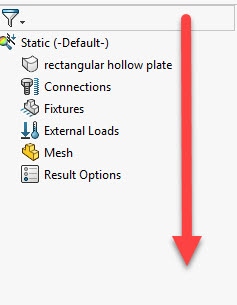
First, choose New Study and pick the study type that applies to your analysis needs. In this example below a Static Study is specified.

Once the study type has been chosen the Simulation Feature Tree opens below the SOLIDWORKS feature manager tree. Step two can be done by a right mouse button on the part or by selecting the material from the command manager.

The material database is the same as the SOLIDWORKS material library so the material can carry over from the SOLIDWORKS model. The mechanical properties required to solve the specific analysis type are highlighted in red.
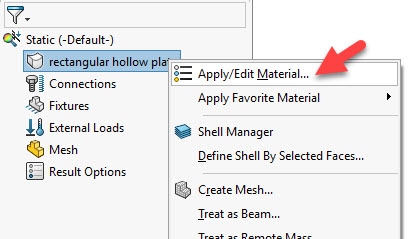
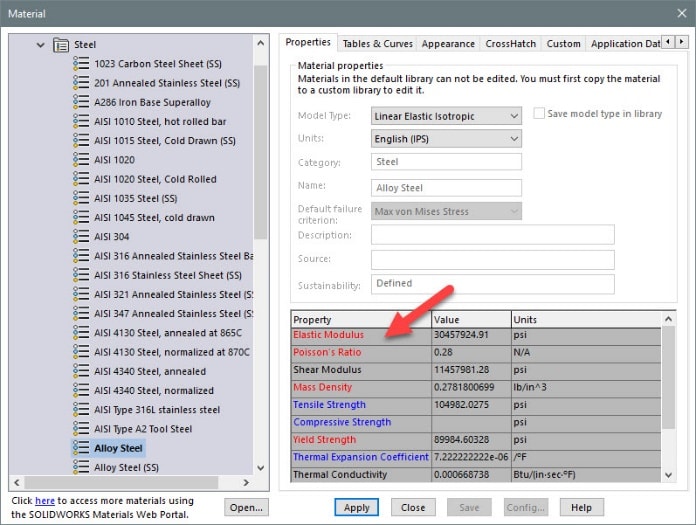
The third step is the Free Body Diagram step and tells Simulation how the model behaves in the real world. This is the most important step in the process and consists of assigning Loads, Fixtures, Contacts, and Connectors.
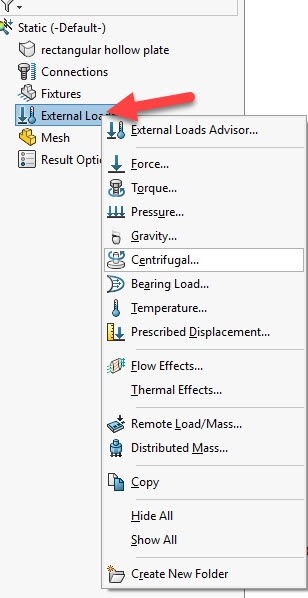
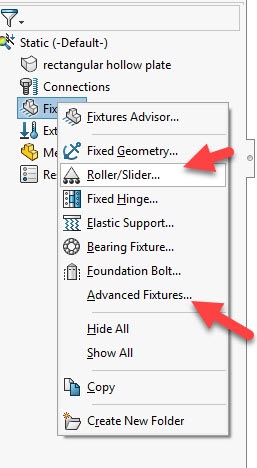
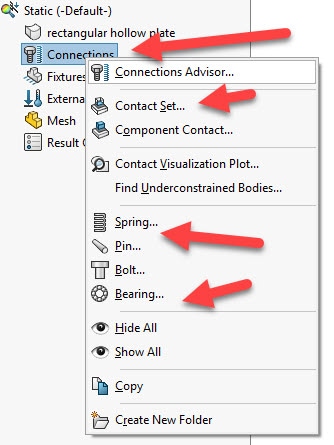
The fourth step is to discretize or mesh the model. SOLIDWORKS offers a host of mesh options including Solid, Shell, and Beam mesh types.
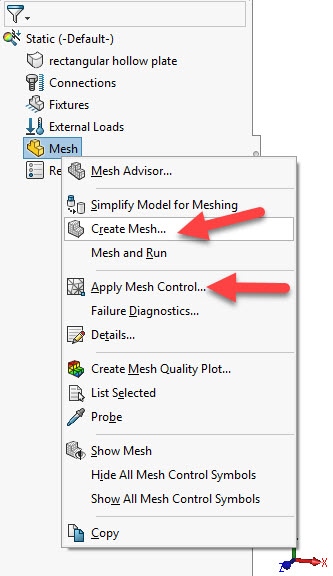
The fifth step is where the computer does the heavy lifting. Running or solving the analysis can be done individually or in batch mode if multiple studies need to be solved.
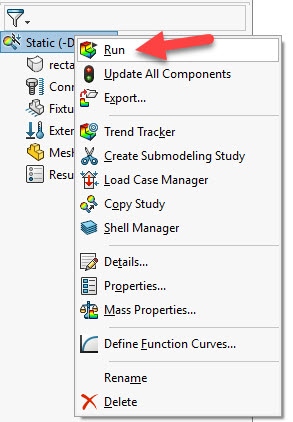
The sixth and final step is to review the results. Stress, Displacement, Strain, Factory of Safety are among the most common, however, SOLIDWORKS Simulation provides a wide range of result options.

Steps 1-4 are pre-processing, and steps 5-6 are post-processing. No matter what type of analysis you choose to perform these same six steps will guide you from start to finish. Check out more Simulation information and training options at CATI.com
Robert Warren
Product Specialist
Computer Aided Technology, LLC

 Blog
Blog